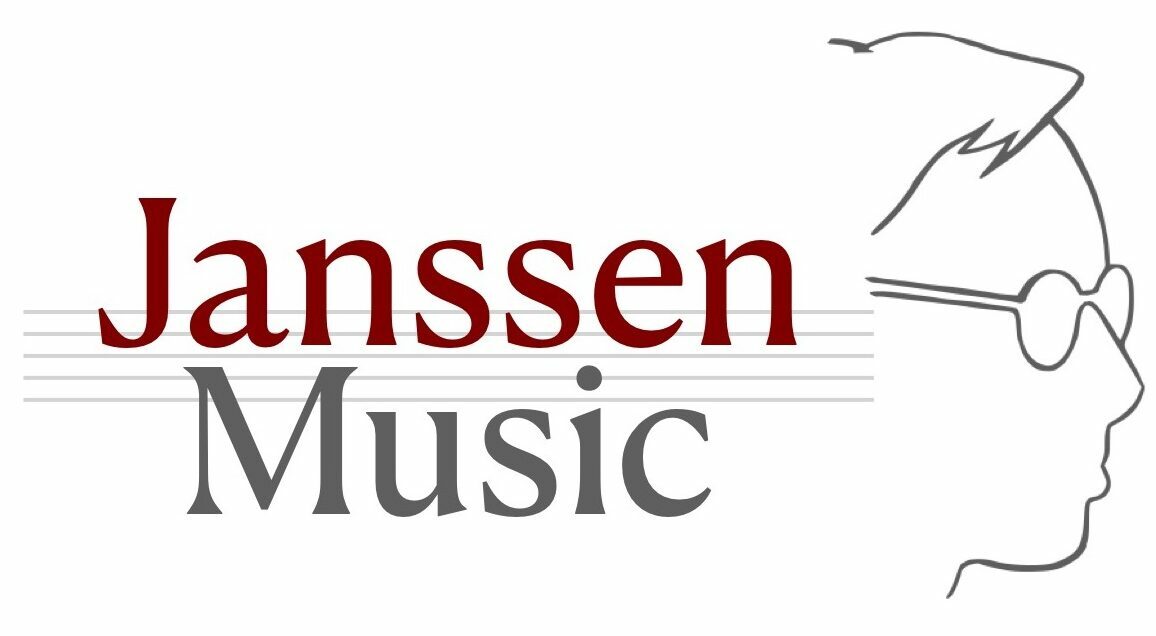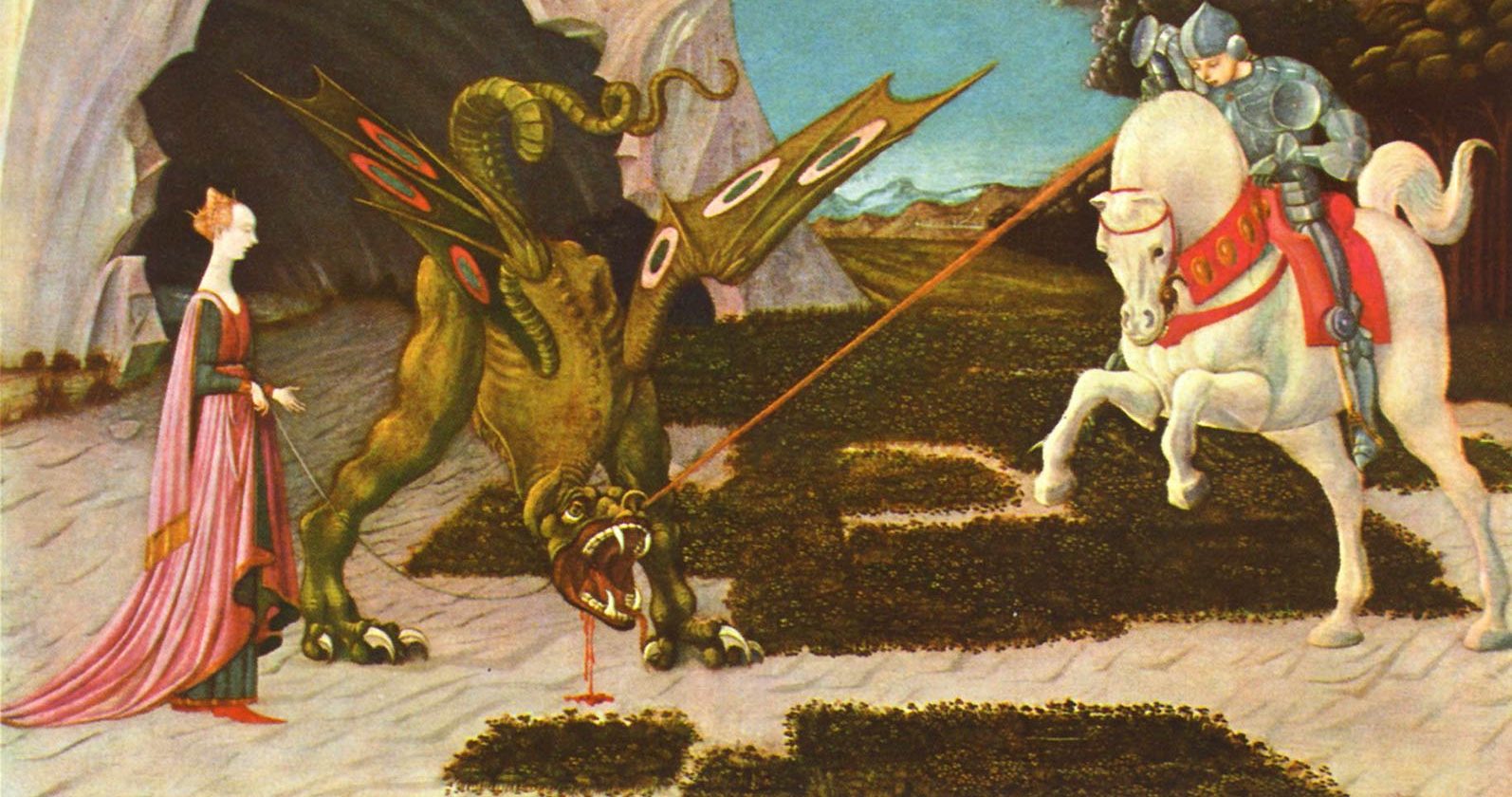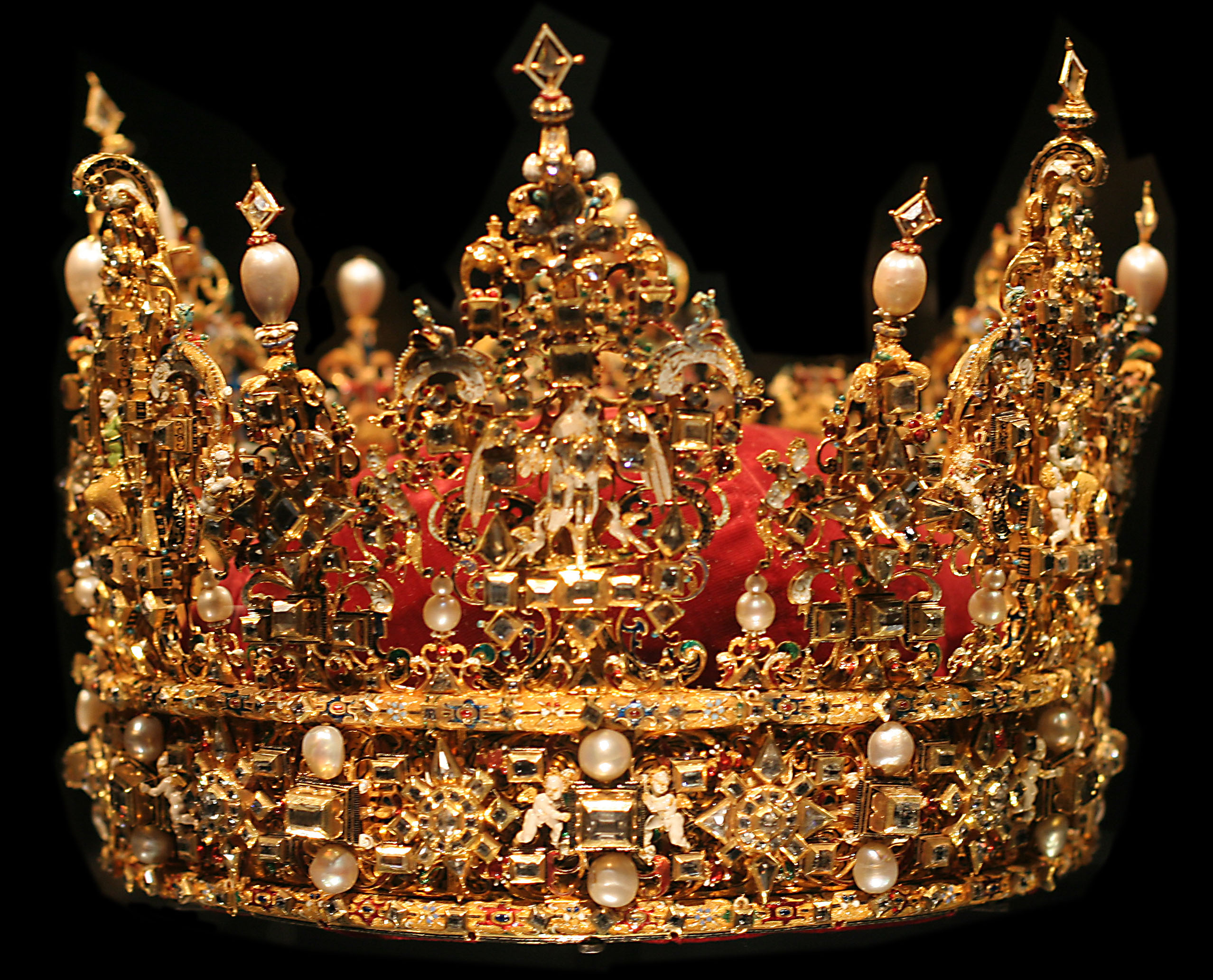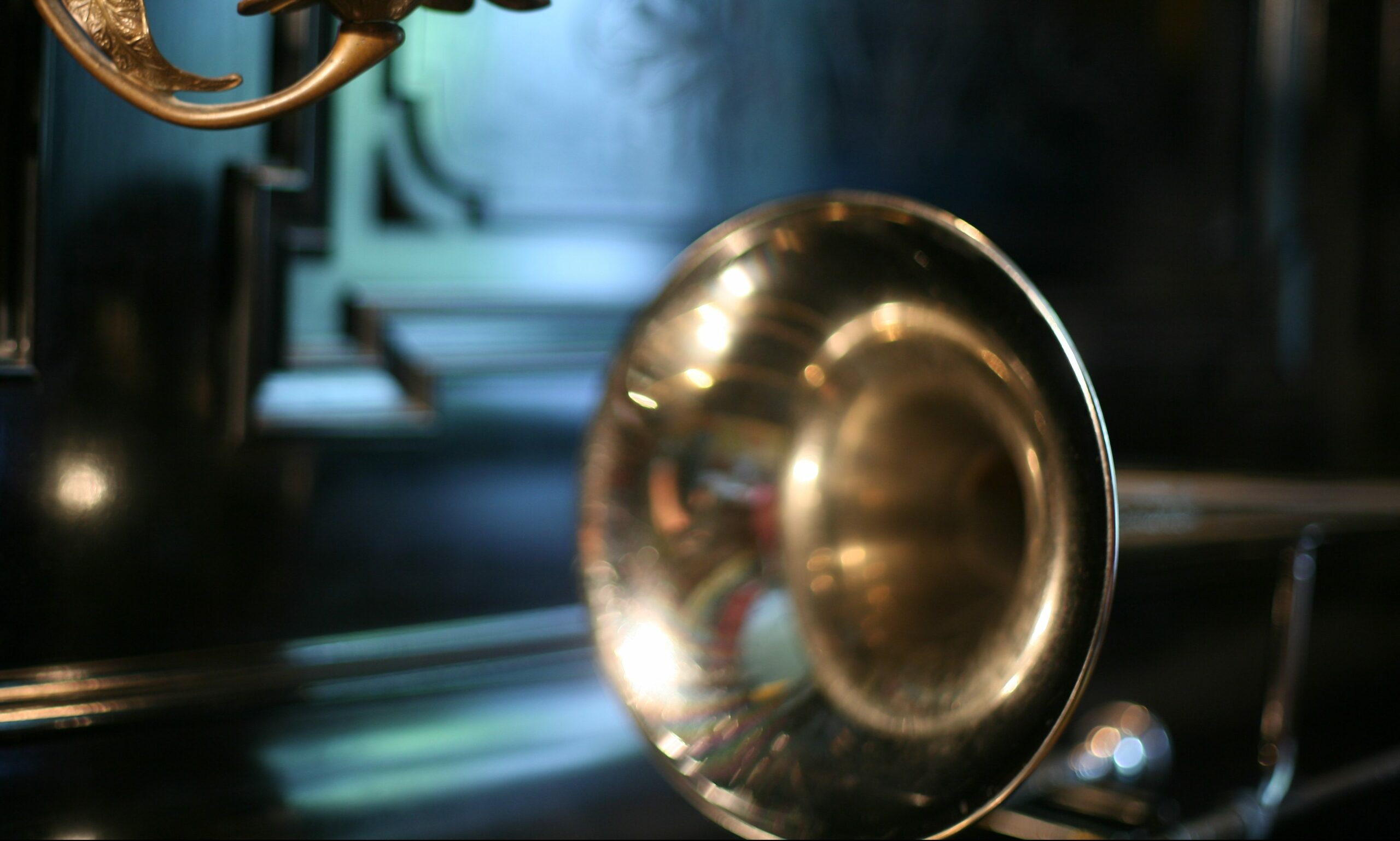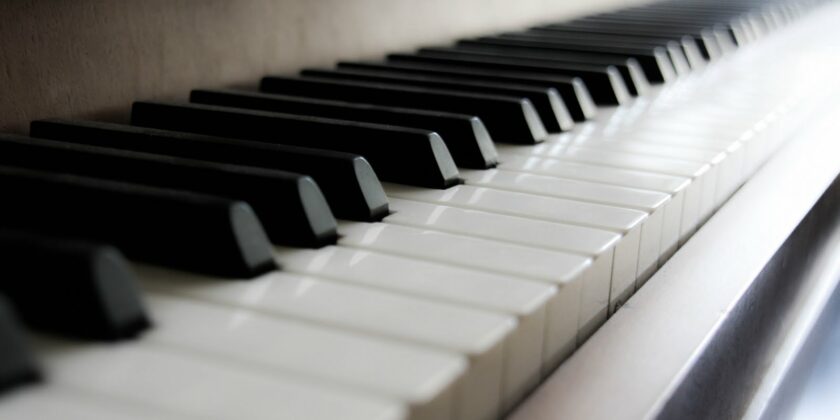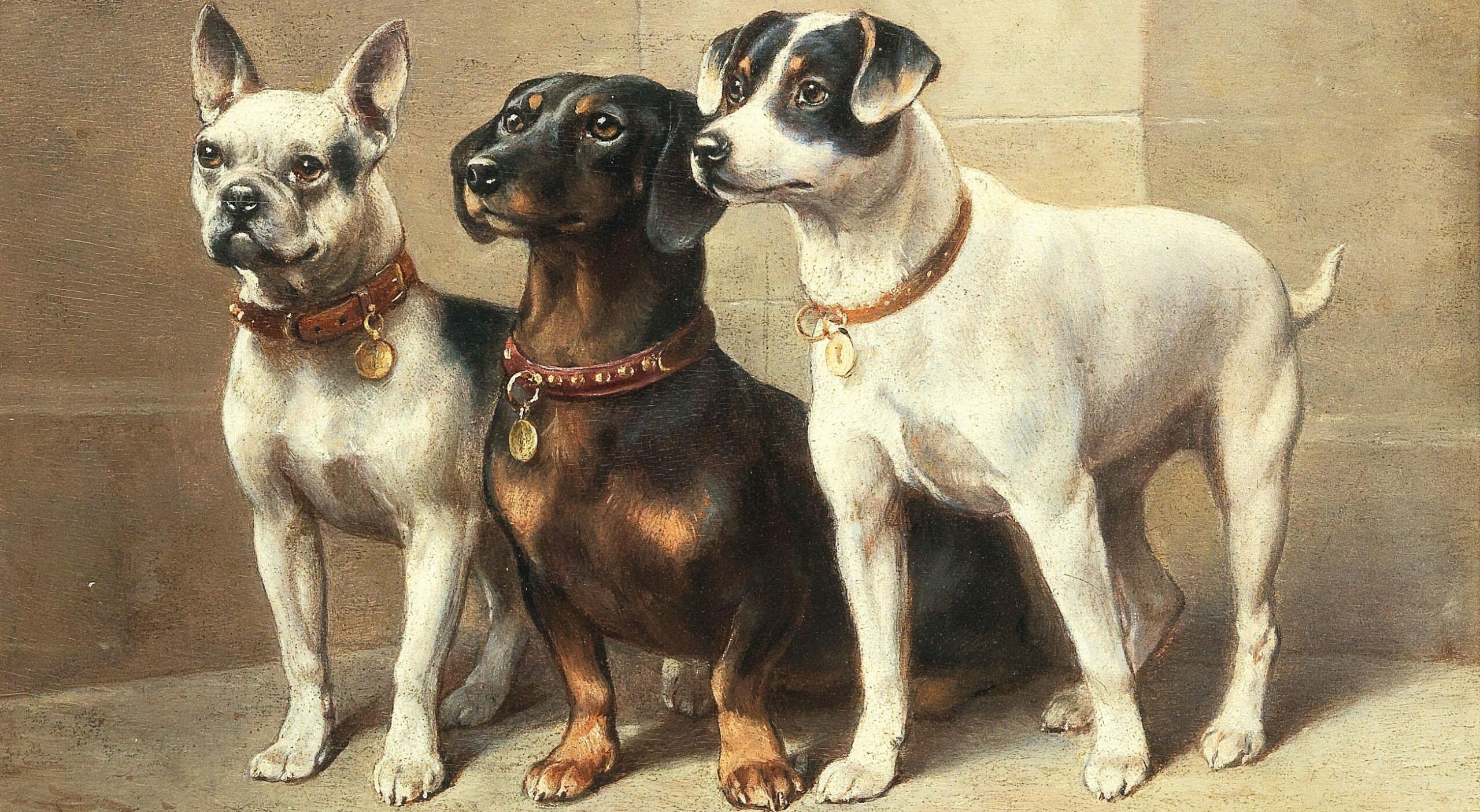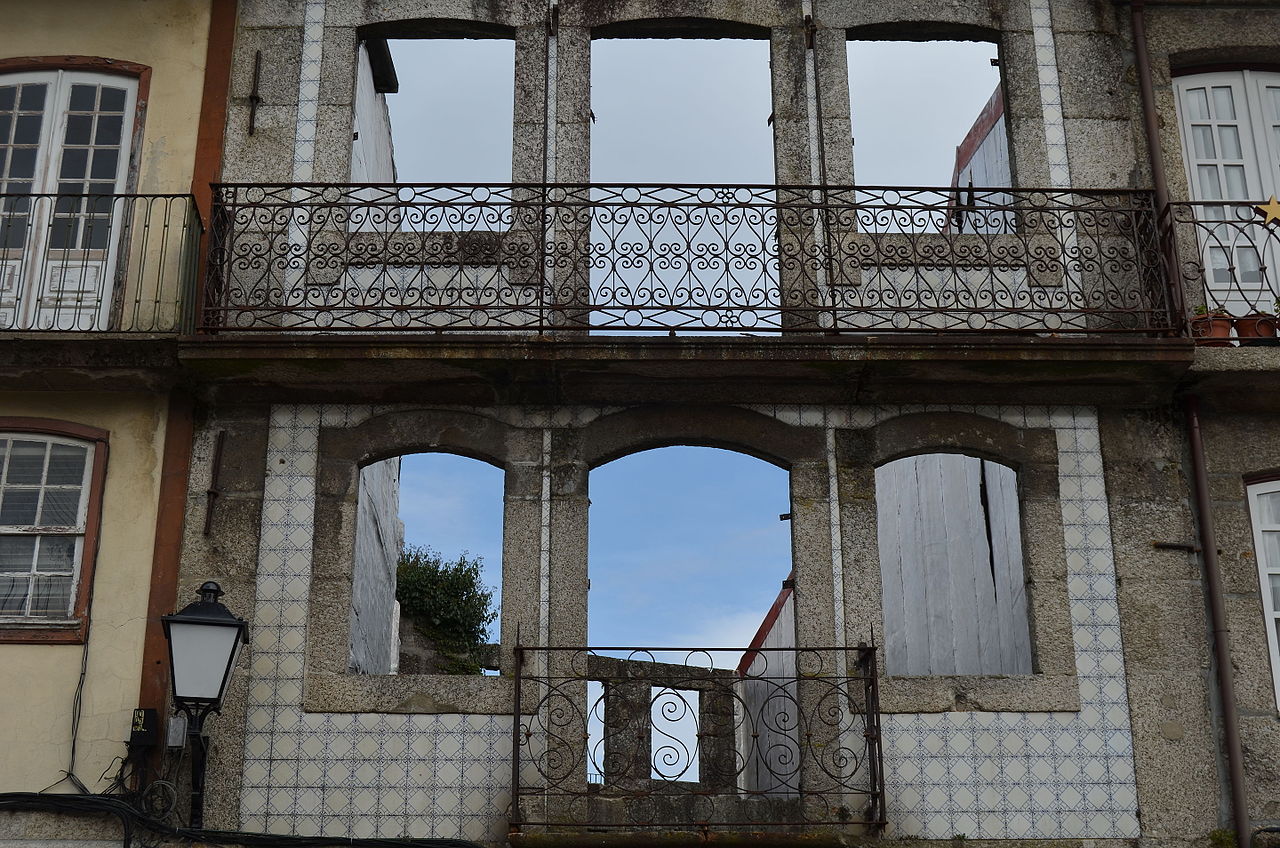Der Kampf mit dem Drachen
Is based on the poem by Friedrich von Schiller.
In this poem he describes the battle with his own ego. He wins, but as it wasn’t a fair fight, he won by trickery and cunning, he has to account for his deeds. “judge not until you have evaluated” is an adage that is appropriate to this work. The main theme “der Ritter, hoch zu Ross” the anti-hero, the ego, is played by the trombone section. The music follows the general drift of the story. Firstly the fact that the knight is fighting against the dragon (his own ego), later on his accounting to his conscience, and then the story of how he rediscovers his true self, in the form of a romantic melody, which takes the form of a flashback. The work ends with reconciliation, begging for grace and forgiveness, and then the embracing of the one who was cast out. His ego has been defeated. An appropriate saying to describe this would be “He is no longer too big for his boots”.
Demo Score: ➞ Der Kampf mit dem Drachen
Publisher: → Bronsheim Music
